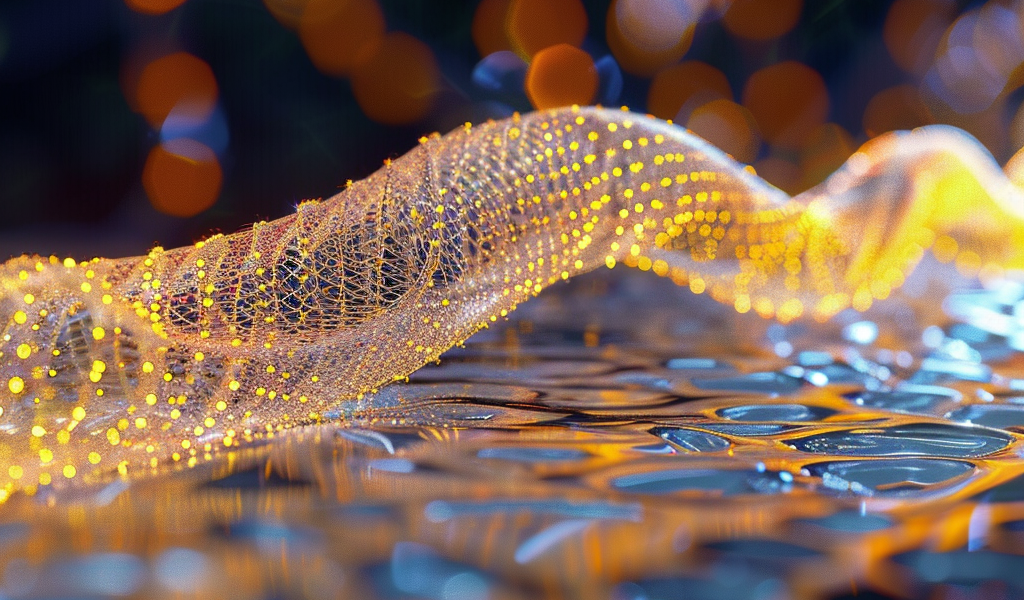A groundbreaking development in the field of vision restoration has emerged with the creation of a nano-scale vision implant that offers new hope for individuals suffering from blindness. This innovative implant, designed by a team of researchers from Chalmers University of Technology, features electrodes as minute as a single neuron, paving the way for enhanced visual perception in the blind.
The key highlight of this vision implant lies in its ultra-small electrodes, each comparable in size to a single neuron. This miniature scale allows for a higher resolution of electrical stimulation directed towards the brain’s visual regions, promising a significant advancement in vision restoration technology.
One of the key factors contributing to the success of this implant is the utilization of a conducting polymer that acts as a protective layer, preventing corrosion and ensuring the implant’s longevity and functionality within the human body’s moist environment. This material innovation marks a crucial step towards sustainable vision restoration solutions.
Initial preclinical trials conducted on mice have yielded promising results, demonstrating the implant’s ability to effectively stimulate visual perception with minimal current. Furthermore, the implant has shown remarkable durability, maintaining its functionality over the lifespan of the test subjects.
Lead researcher Maria Asplund, a Professor of Bioelectronics at Chalmers University of Technology, explains that the vision implant functions by sending electrical impulses to the visual cortex of the brain, creating an image where each electrode represents a pixel. While the generated image may not replicate the detailed vision of individuals with full sight, it provides a matrix-like representation with illuminated spots corresponding to the information received.
The implant itself resembles a thread containing multiple electrodes arranged sequentially, with the potential for future iterations to incorporate numerous threads housing thousands of electrodes. This multi-threaded approach holds promise for achieving a more comprehensive and detailed visual representation through enhanced electrode integration.
The successful development of this nano-scale vision implant signifies a significant advancement in the field of visual neuroscience, offering renewed hope for individuals grappling with blindness. With its pioneering technology and promising results, this implant sets the stage for further innovations in vision restoration and enhanced visual perception for the visually impaired.





